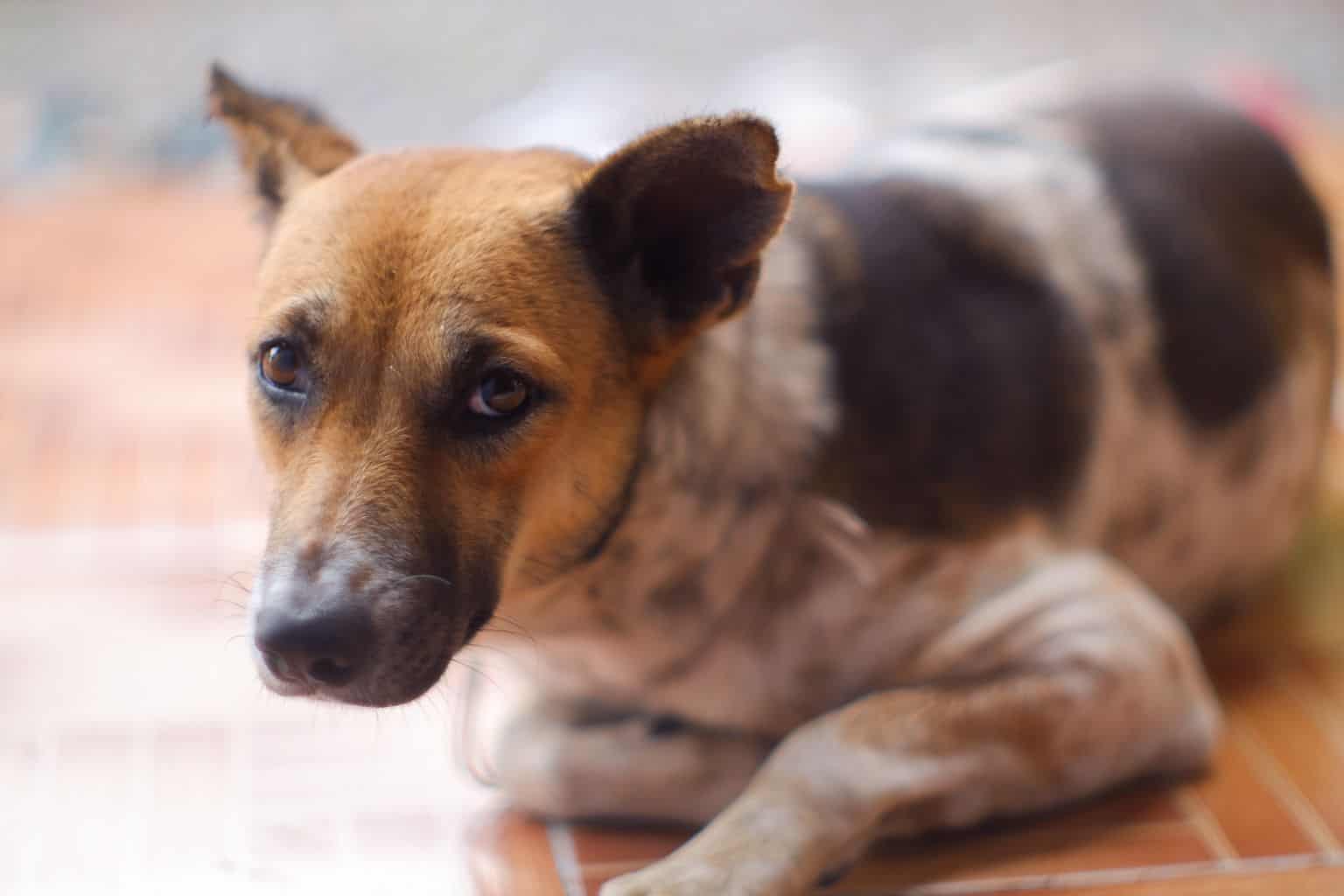So Your Pet Swallowed a Foreign Object

Sometimes a pet emergency is easily identified and quickly addressed. But when something is just “off” with a pet’s behavior, it can be downright puzzling to understand why. Owners may eventually acknowledge that a pet ingested something they shouldn’t have. Common ingested foreign bodies in dogs and cats include plastic toys, socks, string, and corks. Emergency veterinary care is vital, but preventing future injury is key.
The Perfect Storm
You likely inspected your home before your pet came home for the first time and removed any objects deemed hazardous to their health. As pets age and mellow out, it’s normal for our scrutiny to slide a little bit, especially if a pet never shows an interest in eating dangerous things. Unfortunately, all it takes is just one moment for a pet to forget which items are “off-limits” for a disaster to occur. Special opportunity meets unfettered curiosity to create a true pet emergency.
What to Know
Foreign bodies ingested by pets can be passed through the intestinal tract without too much fuss. They can also cause a severe obstruction that can only be relieved through surgery. When faced with the possibility that your pet ate something, it’s better to assume they’ll need veterinary care than simply hope that everything comes out okay. Left alone, intestinal obstruction can be fatal.
Telltale Signs of Obstruction
In the absence of witnessing a pet eat something, or any evidence to suggest they ingested an object (such as packaging or chewed parts that were discarded), look for these clinical signs:
- Vomiting or diarrhea
- Pain or sensitivity in the abdomen
- No interest in food
- Problems going to the bathroom
- Lethargy or social withdrawal
- Behavioral changes, including aggression or overly clingy
- Pawing at the mouth or rear end
Please contact us so we can prepare for your arrival.We always take a detailed account of your pet’s medical history before completing a physical examination. When we know or suspect a foreign body was ingested, advanced veterinary diagnostics help us understand more.
Veterinary Diagnostic Techniques
Abdominal radiographs, or X-rays, are critical in diagnosing foreign body obstruction. Ultrasounds and/or radiographs that use contrasting dye can provide details about the shape, size, and location of the foreign body.
We also rely on blood tests and urinalysis to learn the full scope of the impact on a pet’s overall health. These results can also reveal other possible causes of the present symptoms, such as infection or other disease.
Moving Forward
The outlook of a foreign body obstruction can depend on a pet’s health history, and the location, size/shape, and how long ago they swallowed the object.
Veterinary surgery may be the best course of action. As time is crucial in removing an obstruction, we’ll move quickly to restore blood flow and repair any damage (if possible) to surrounding tissue. Recovery times vary, but our priority is to safeguard your pet’s wellness long before they’re discharged and afterwards, as well. Follow-up care can be necessary in certain cases.
Our team is always here to help your pet. Please call us at (512) 263-9292 with any questions or concerns.
